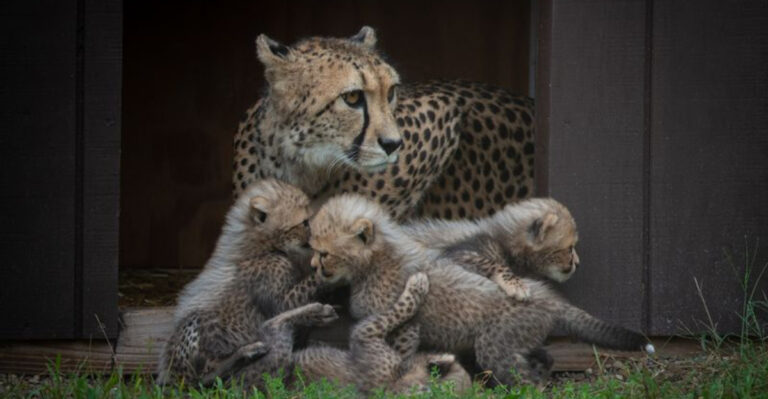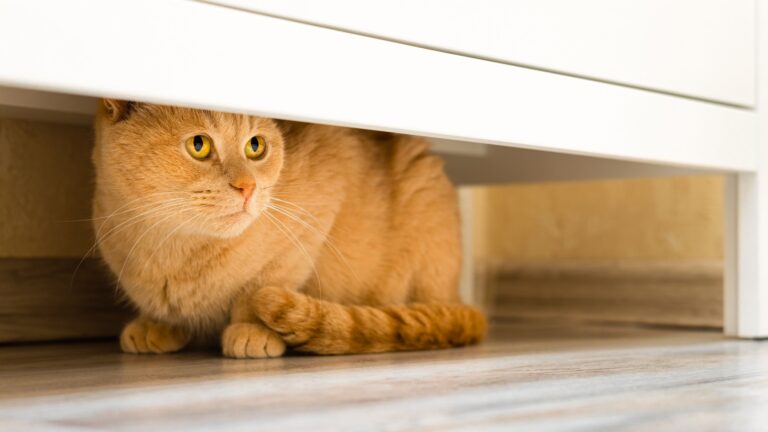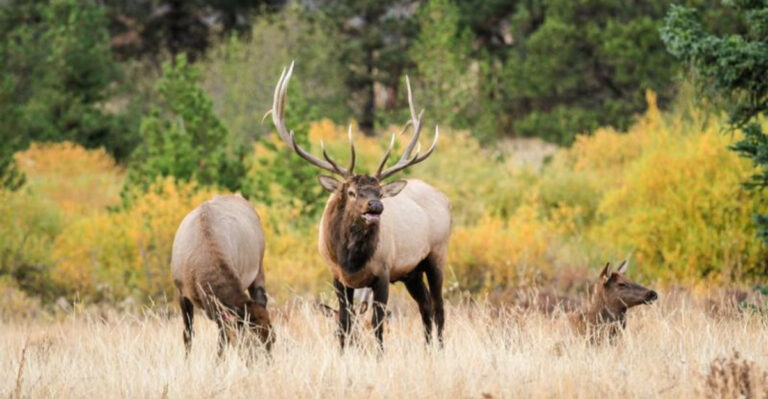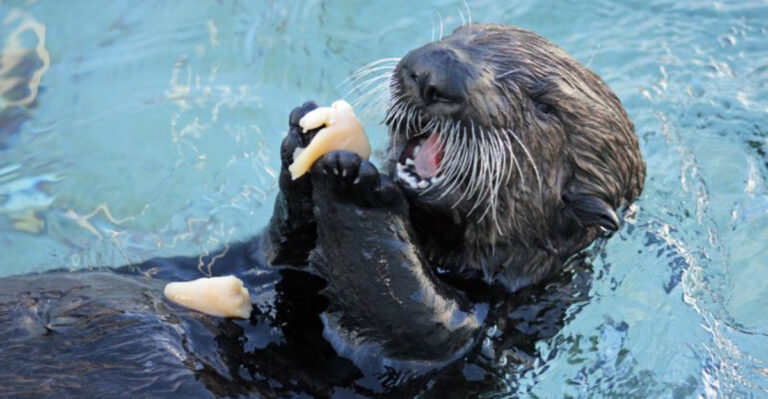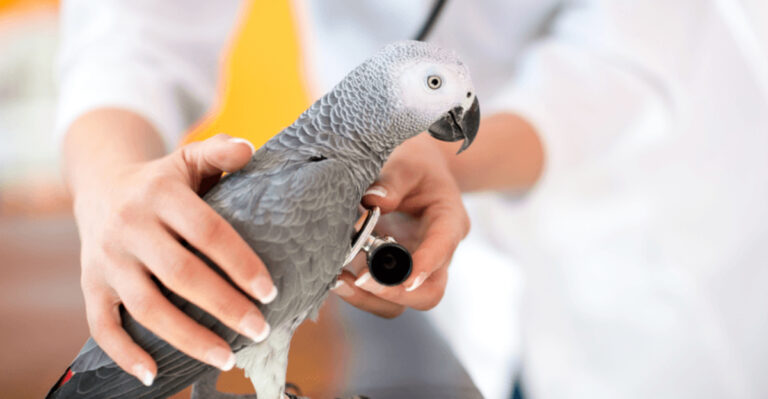10 Animals That Easily Ward Off Coyotes (And 5 Other Smart Ways To Protect Your Property)
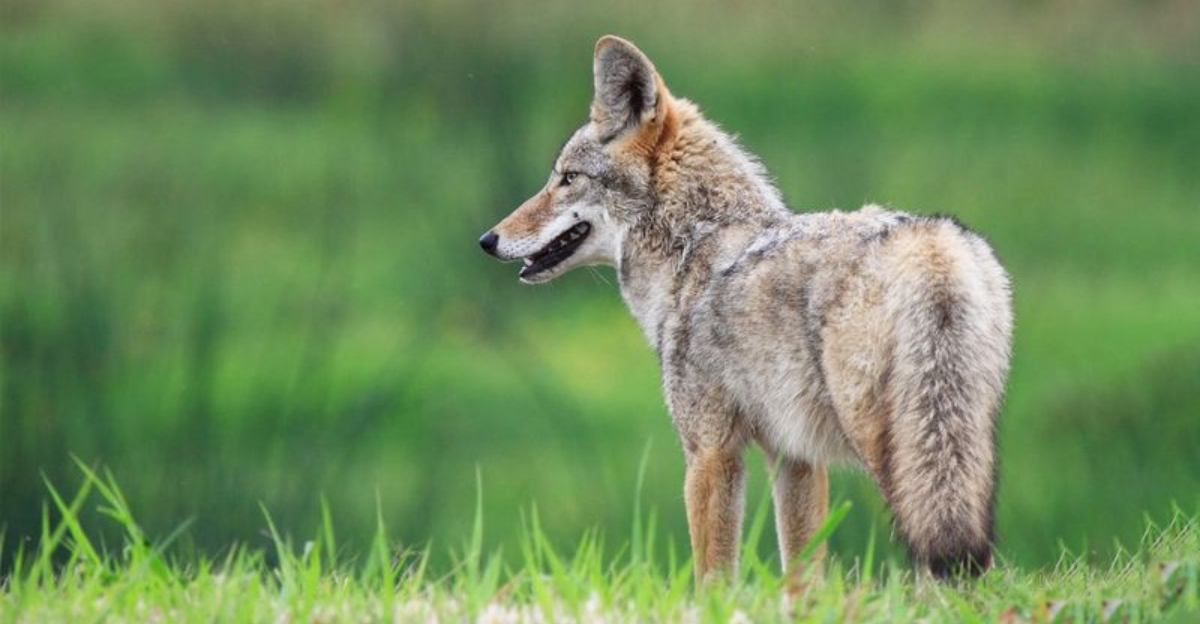
Living in areas where coyotes roam can be worrying for homeowners and farmers alike. These clever predators often target small pets, livestock, and can cause property damage.
Luckily, nature provides its own solutions through certain animals that coyotes typically avoid. Let’s take a look at these natural guardians and the clever ways they can help protect your property from unwanted coyote visitors.
1. Livestock Guardian Dogs: The Ultimate Coyote Deterrent
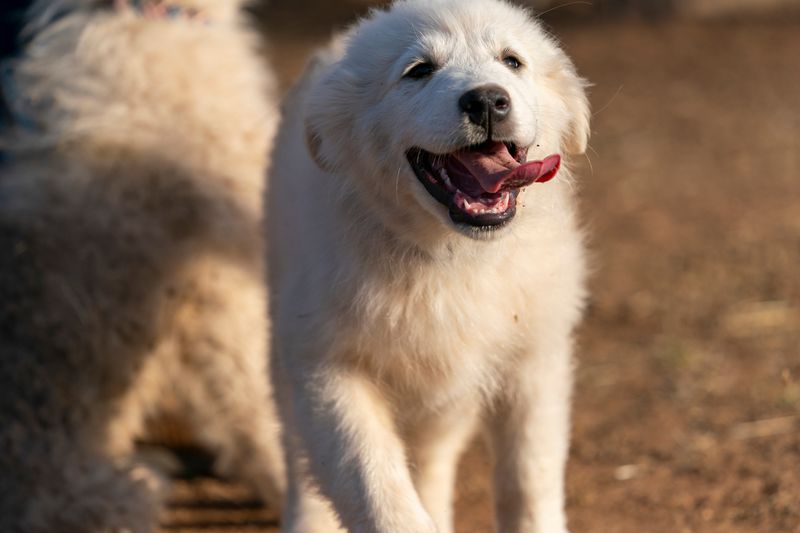
Bred specifically for protection, livestock guardian dogs like Great Pyrenees and Anatolian Shepherds possess an instinctive drive to defend their territory. Their impressive size and thunderous bark send coyotes running in the opposite direction.
These dedicated protectors patrol property boundaries and create an invisible shield around livestock. Unlike herding breeds, they live among the animals they protect, forming strong bonds that fuel their protective nature.
2. Donkeys: The Surprising Coyote Fighters
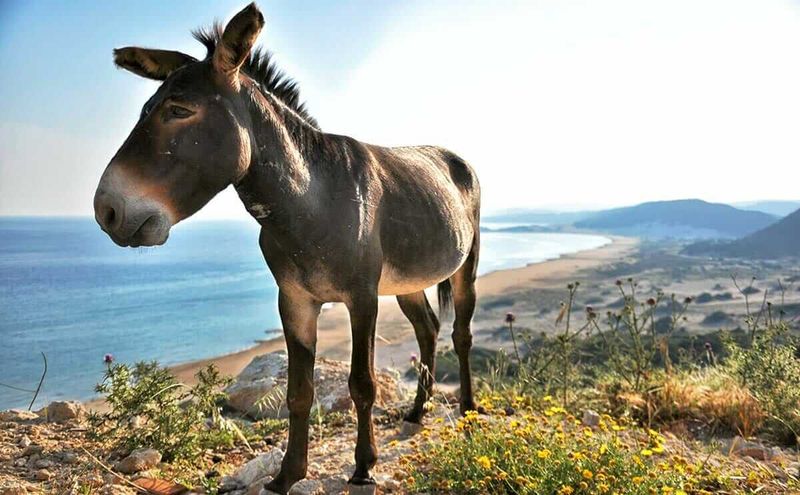
Donkeys harbor a natural hatred for canine predators and won’t hesitate to chase, stomp, or kick any coyote that ventures too close. Their territorial nature makes them excellent guardians for smaller livestock.
A single jenny (female donkey) can protect up to 200 sheep in open pastures. Their heightened senses detect threats long before humans notice anything amiss, and their loud braying serves as an effective alarm system for farmers.
3. Llamas: Towering Guardians With Attitude
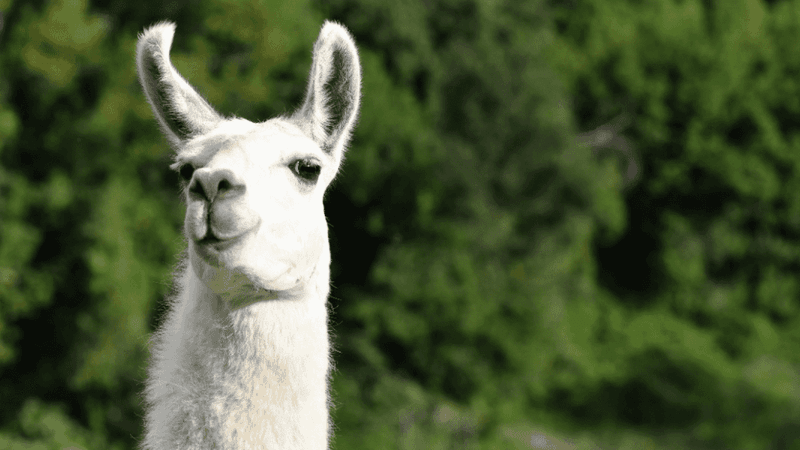
Standing tall with their keen eyesight and acute hearing, llamas spot coyotes from impressive distances. When threatened, these wooly sentinels emit alarm calls that alert the entire herd and often charge directly at the predator.
Farmers particularly value male llamas (intact or gelded) for their aggressive protective instincts. Their territorial behavior includes spitting, kicking, and even stomping on coyotes foolish enough to enter their domain.
4. Alpacas: The Alert Watchmen
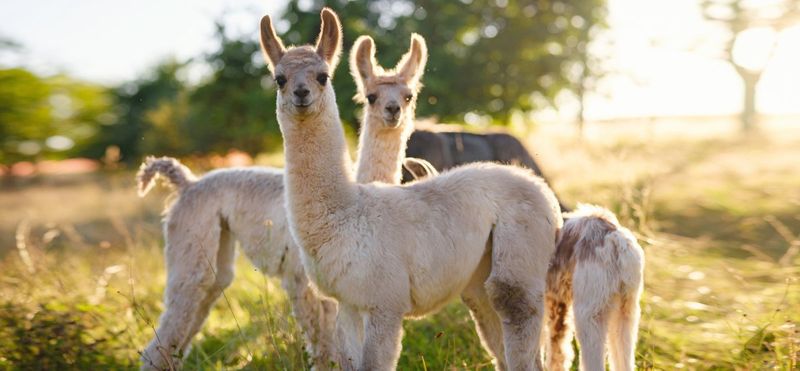
Though smaller than their llama cousins, alpacas possess similar protective qualities with a gentler temperament. Their high-pitched alarm call instantly alerts other animals and humans to potential danger.
Alpacas naturally bond with sheep and goats, making them excellent guardians for smaller livestock. They form protective herds that stand united against predators, using their sharp eyesight to detect coyote movement even in low light conditions.
5. Mules: The Fearless Defenders
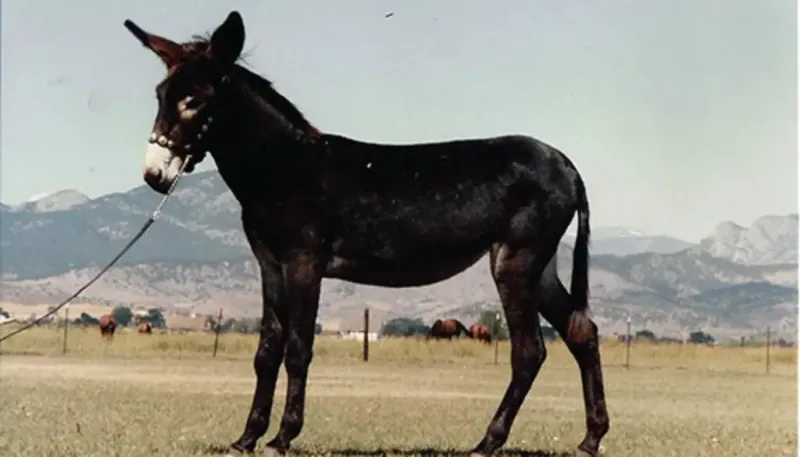
Combining the best traits of horses and donkeys, mules inherit intelligence, strength, and a strong dislike of canine predators. Their powerful kicks can seriously injure or kill coyotes that dare to enter their territory.
Unlike horses that typically flee from danger, mules stand their ground and actively pursue threats. Their protective instinct extends beyond self-preservation to all animals they consider part of their herd, making them excellent guardians for mixed livestock operations.
6. Geese: Honking Alarm Systems
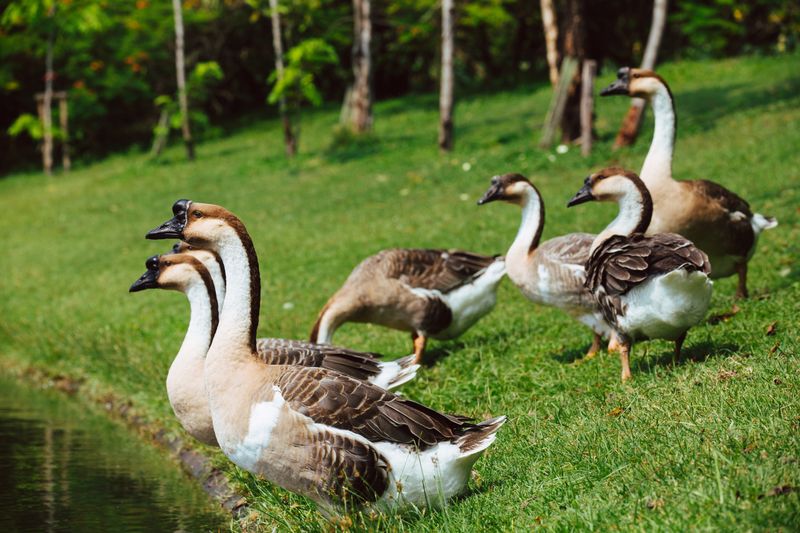
Underestimated as guardians, geese possess territorial aggression that makes them effective coyote deterrents. Their exceptional hearing and vision allow them to detect approaching predators long before humans notice anything unusual.
When threatened, geese emit loud, persistent honking that serves as a natural alarm system. Breeds like African, Chinese, and Toulouse geese are particularly aggressive defenders, often chasing smaller predators with wings spread wide and necks extended in intimidating displays.
7. Guinea Fowl: The Tactical Noisemakers
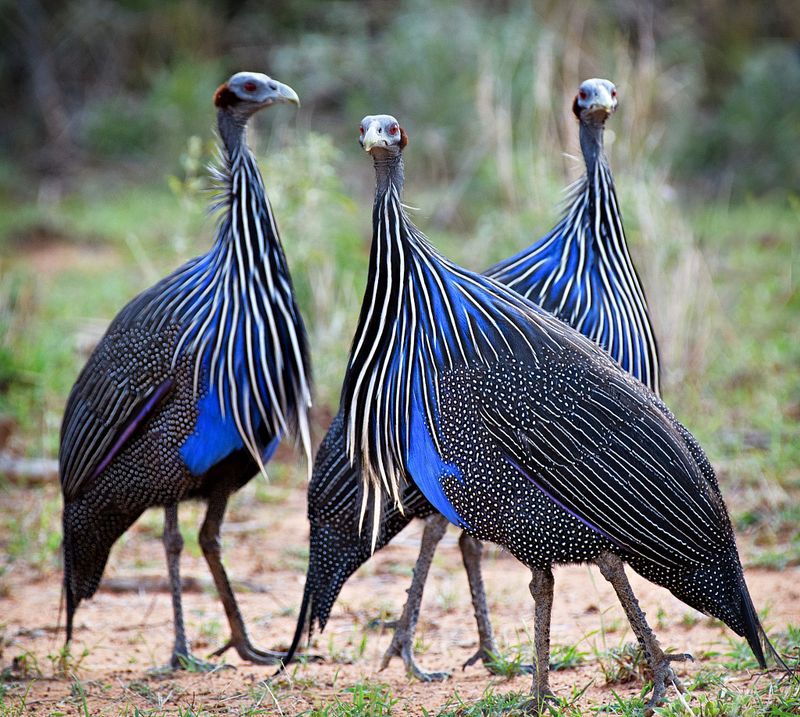
These spotted birds create an incredible racket when anything unusual enters their territory. Their distinctive alarm calls specifically change when predators approach, giving property owners early warning of coyote presence.
Guinea fowl operate like feathered security guards, patrolling property perimeters in groups. They roost in trees at night for safety but actively defend their territory during daylight hours, often mobbing together to drive away threats through sheer noise and numbers.
8. Roosters: The Vigilant Sentries
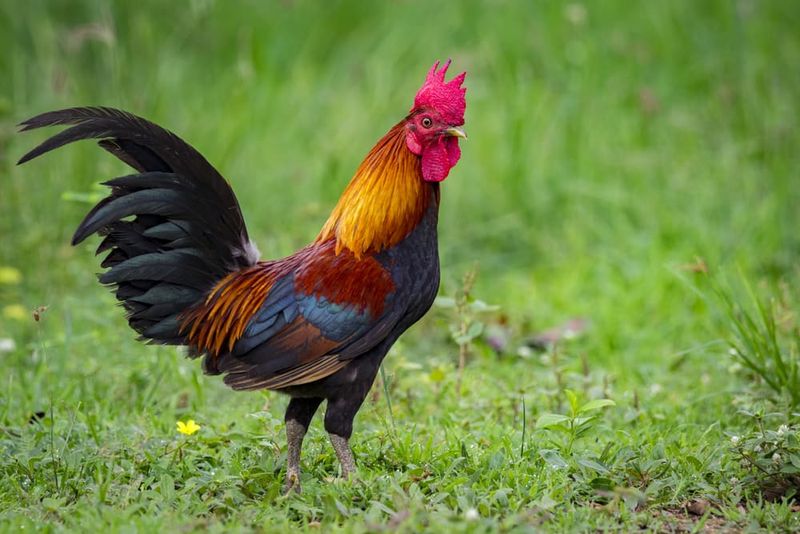
Armed with sharp spurs and territorial instincts, roosters actively defend their flock against threats. They position themselves between danger and their hens, buying crucial escape time for their charges.
Game breeds like Old English Game and Modern Game roosters show particularly strong protective behaviors. Their morning crowing isn’t just about announcing dawn—it’s a territorial declaration warning predators that this area is claimed and defended by a watchful guardian.
9. Horses: The Thundering Protectors
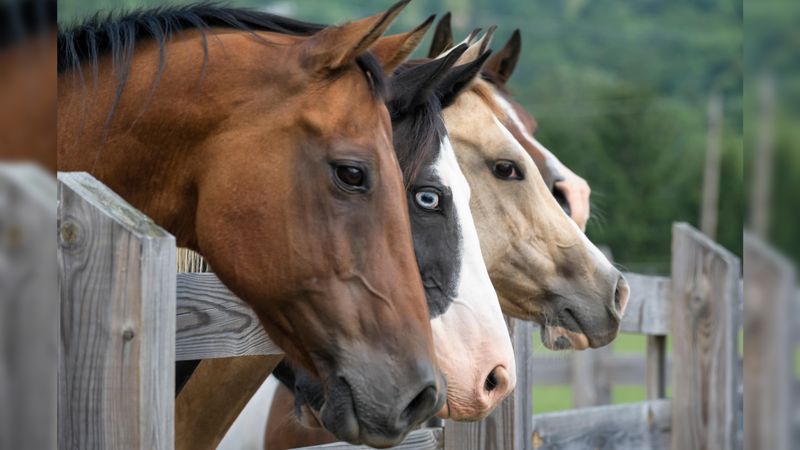
With their massive size and powerful hooves, horses present formidable opposition to coyotes. Particularly protective mare-led herds will form circles around vulnerable foals when threats appear, presenting a wall of dangerous hooves to any approaching predator.
Their excellent peripheral vision spots movement from great distances. Some ranchers strategically place horses with cattle herds specifically for their protective qualities, as horses’ natural stomping response to ground predators helps protect vulnerable calves from coyote attacks.
10. Cattle: The Unified Defenders
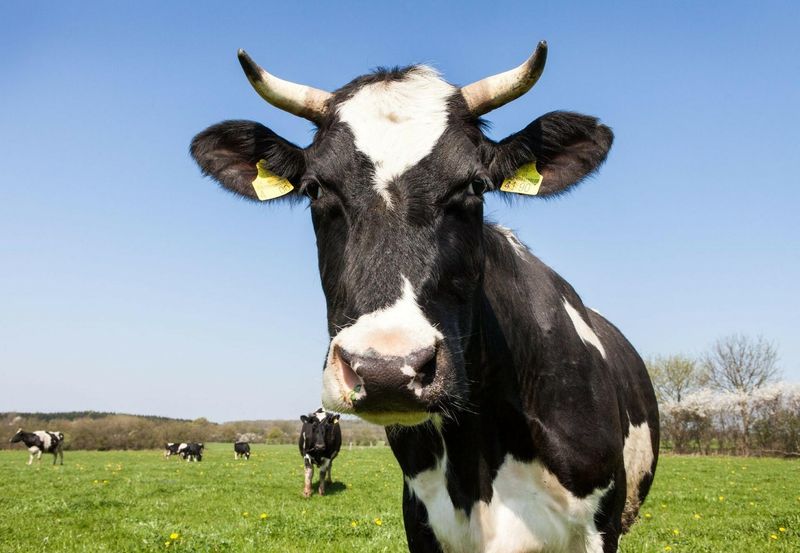
Mother cows fiercely protect their calves from predators, forming protective circles with calves in the center when coyotes approach. Their sheer size and weight make them dangerous opponents that coyotes typically avoid.
Certain breeds like Longhorns and Highland cattle display particularly strong protective behaviors. Ranchers often report that herds with experienced matriarch cows suffer fewer predator losses, as these wise leaders organize effective defensive formations and teach younger animals proper vigilance.
11. Motion-Activated Sprinklers: Startling Water Defense
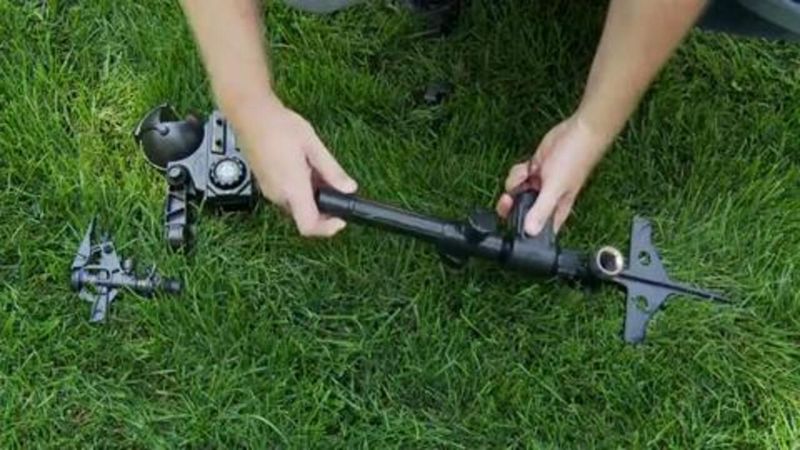
These clever devices combine motion sensors with powerful water jets that surprise coyotes with sudden sprays. The unexpected blast of water creates negative associations with your property without causing harm to the animals.
Easy to install around gardens, chicken coops, or property perimeters, these sprinklers conserve water by activating only when needed. The combination of sudden movement, noise, and water effectively teaches coyotes to avoid your property through harmless but memorable negative reinforcement.
12. Solar Predator Lights: Nighttime Protection
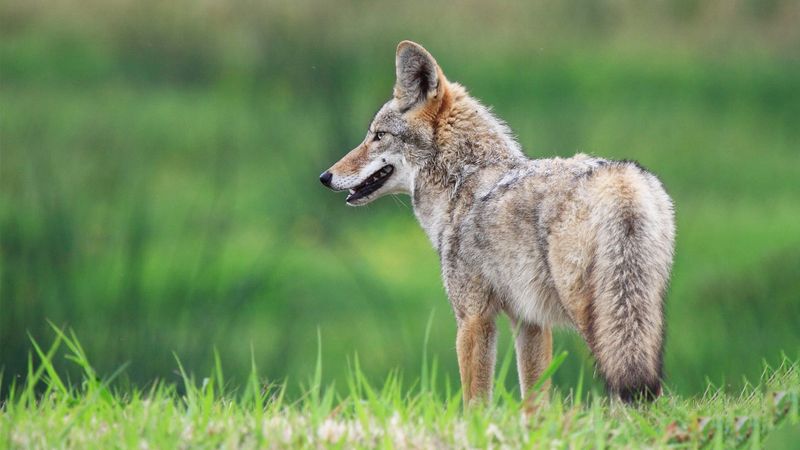
These specialized lights emit random flashing patterns that mimic human presence, convincing coyotes that someone is patrolling the property. The unpredictable flashing prevents predators from becoming accustomed to consistent light patterns.
Solar-powered models eliminate the need for wiring or battery changes. Strategic placement around livestock areas, gardens, or property boundaries creates an effective nighttime deterrent zone that convinces coyotes your property is actively monitored and therefore too risky to approach.
13. Ultrasonic Repellers: Sound Barrier Protection
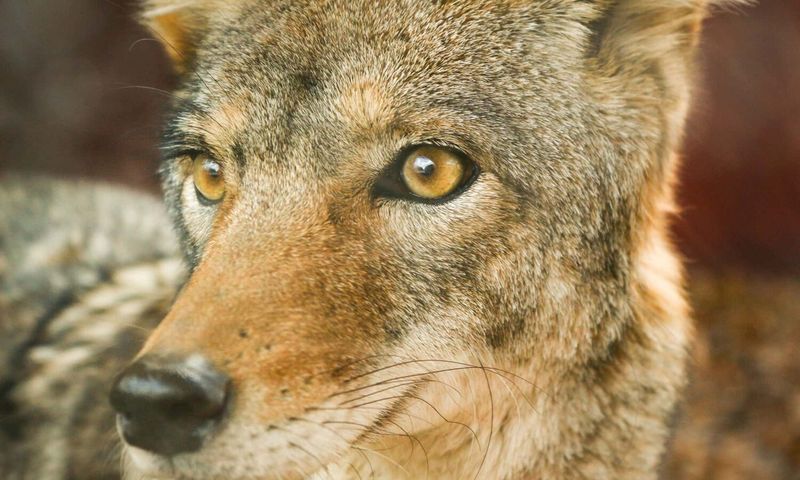
Emitting high-frequency sounds uncomfortable to coyotes but inaudible to humans, these devices create an invisible sound barrier. Advanced models include motion sensors that trigger sounds only when animals approach, preventing habituation.
Battery or solar-powered options provide flexible placement around vulnerable areas. Some units combine ultrasonic sounds with flashing lights for maximum effectiveness, creating multi-sensory deterrents that convince coyotes your property isn’t worth the discomfort they’ll experience when approaching.
14. Coyote Rollers: Mechanical Climbing Prevention

These ingenious fence toppers consist of aluminum rollers that spin when coyotes attempt to gain purchase at the top of fences. Without stable footing, coyotes cannot pull themselves over, effectively preventing fence scaling.
Installation requires minimal tools and maintenance. The simple mechanical design means no electricity or batteries needed, providing years of protection with occasional lubrication of roller mechanisms. This humane solution prevents access without harming animals, making it ideal for property owners seeking ethical wildlife management.
15. Scent Deterrents: Territorial Marking Systems
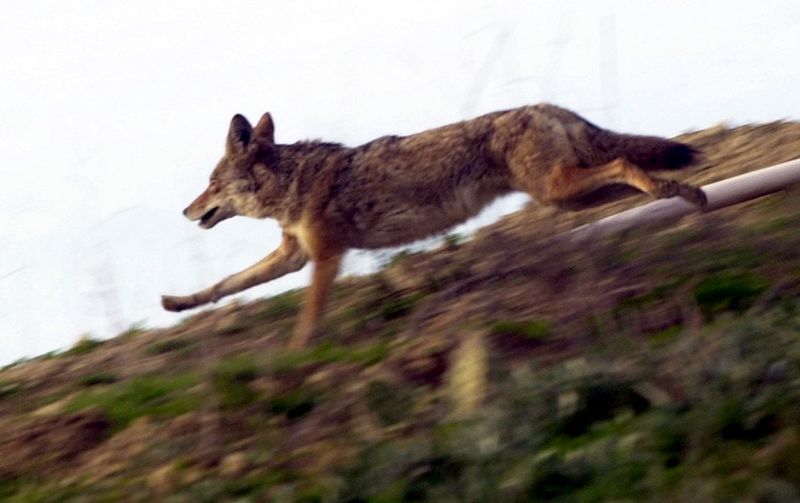
Wolf urine, commercially available as a natural repellent, triggers coyotes’ instinctive fear of larger predators. Regular application creates a territorial boundary that most coyotes refuse to cross, protecting gardens and animal enclosures.
Other effective scents include ammonia-soaked rags and commercially blended predator scents. The key to success lies in regular reapplication, especially after rain. These scent barriers work by convincing coyotes that dangerous competitors already claim the territory, making them seek easier hunting grounds elsewhere.

